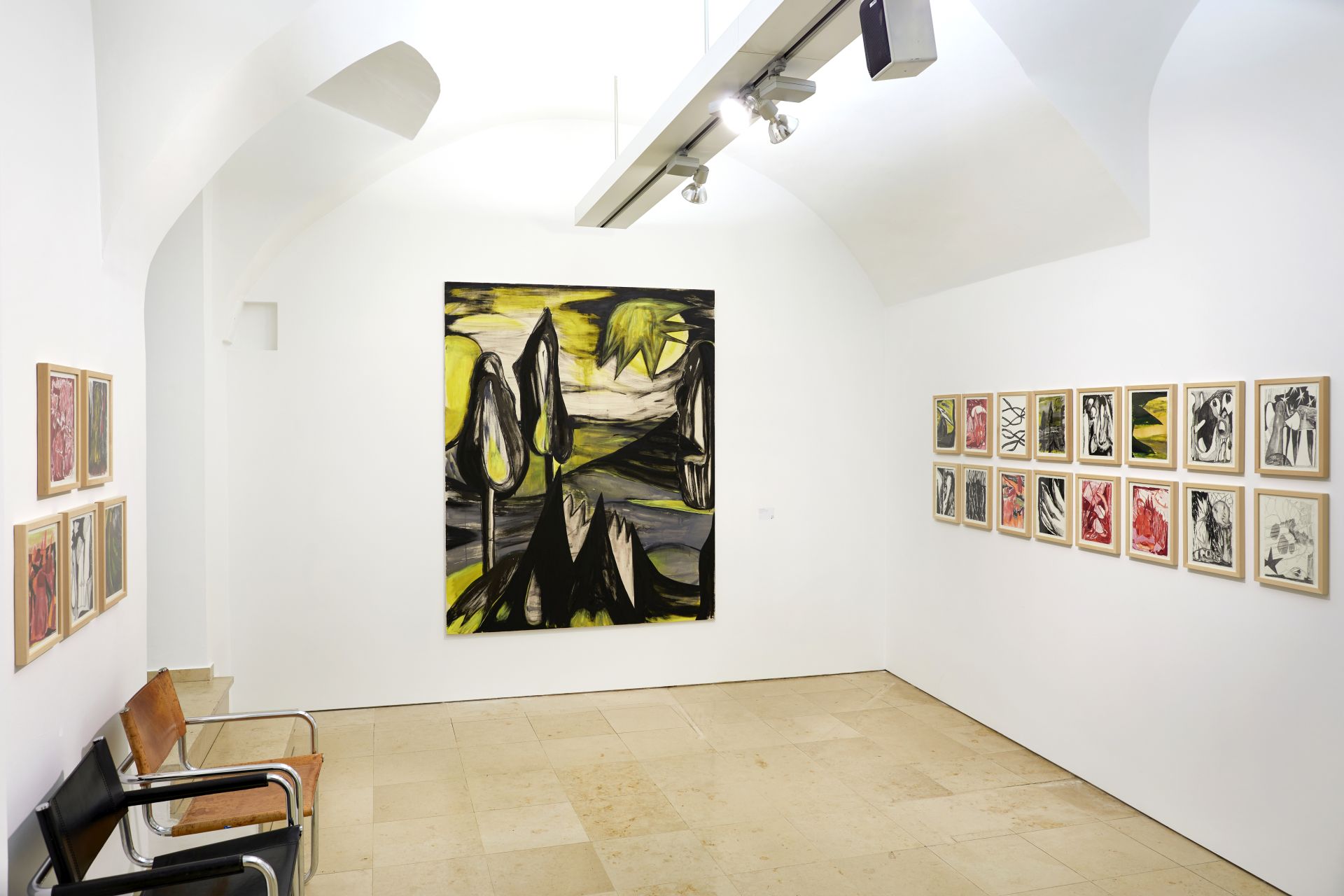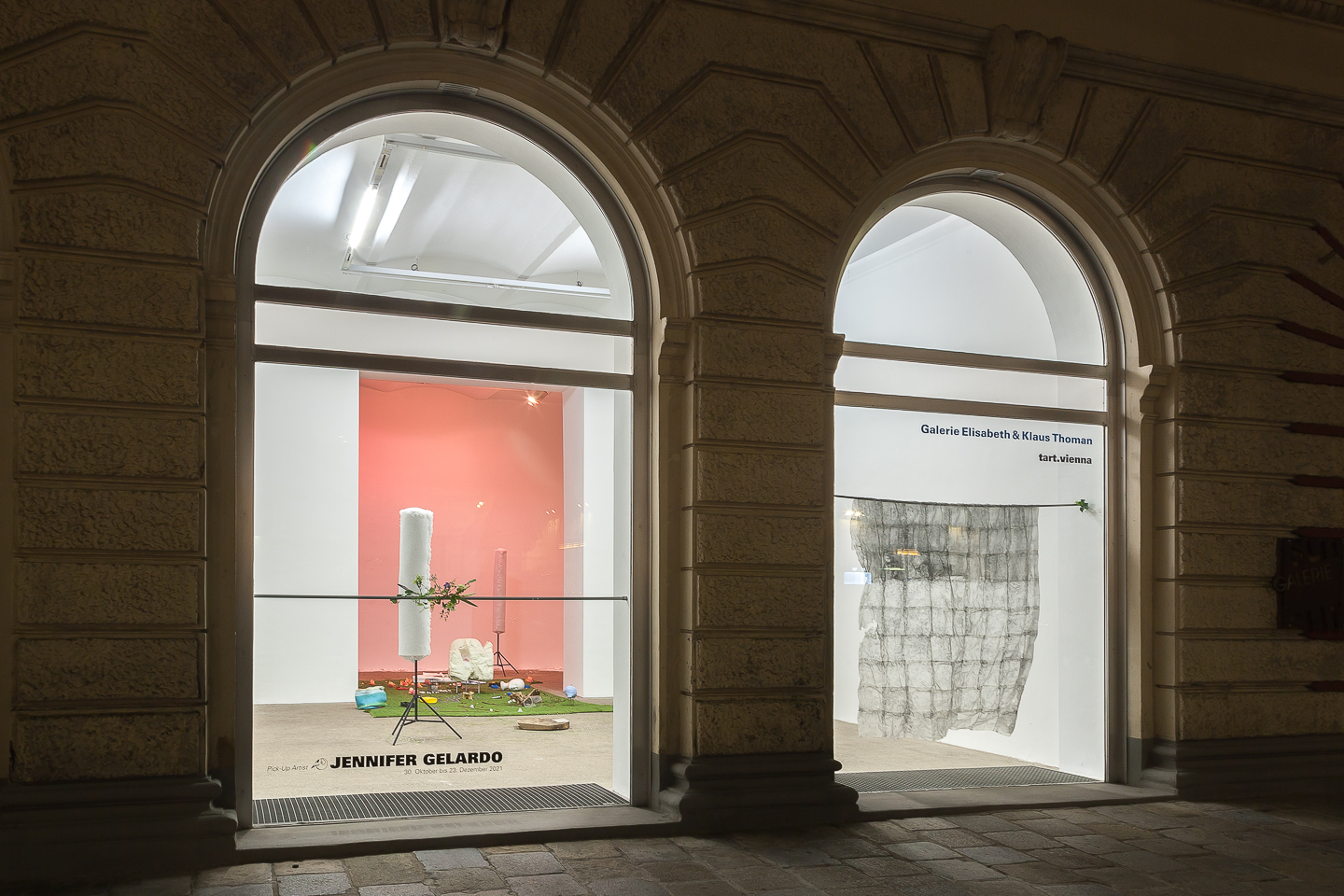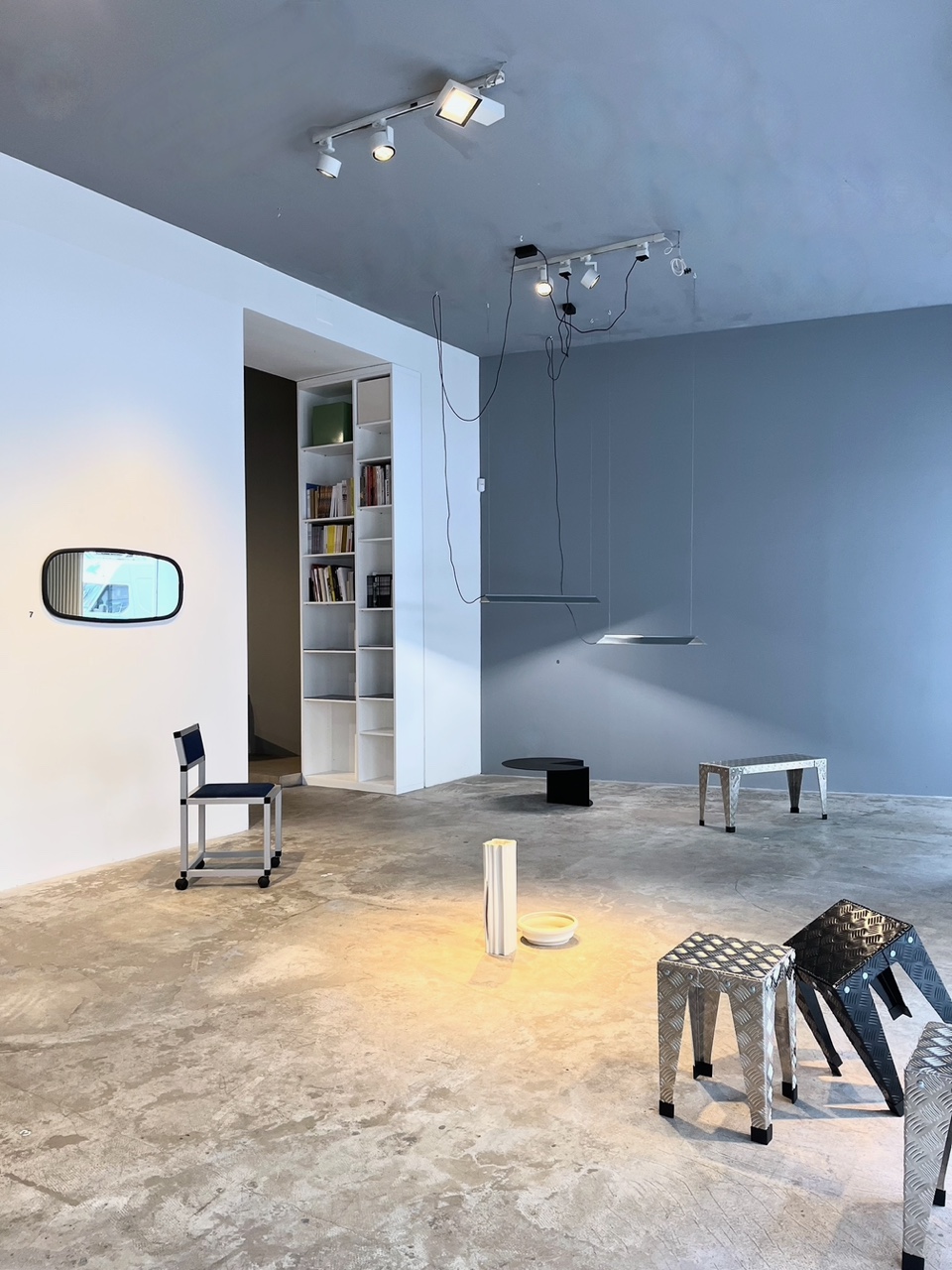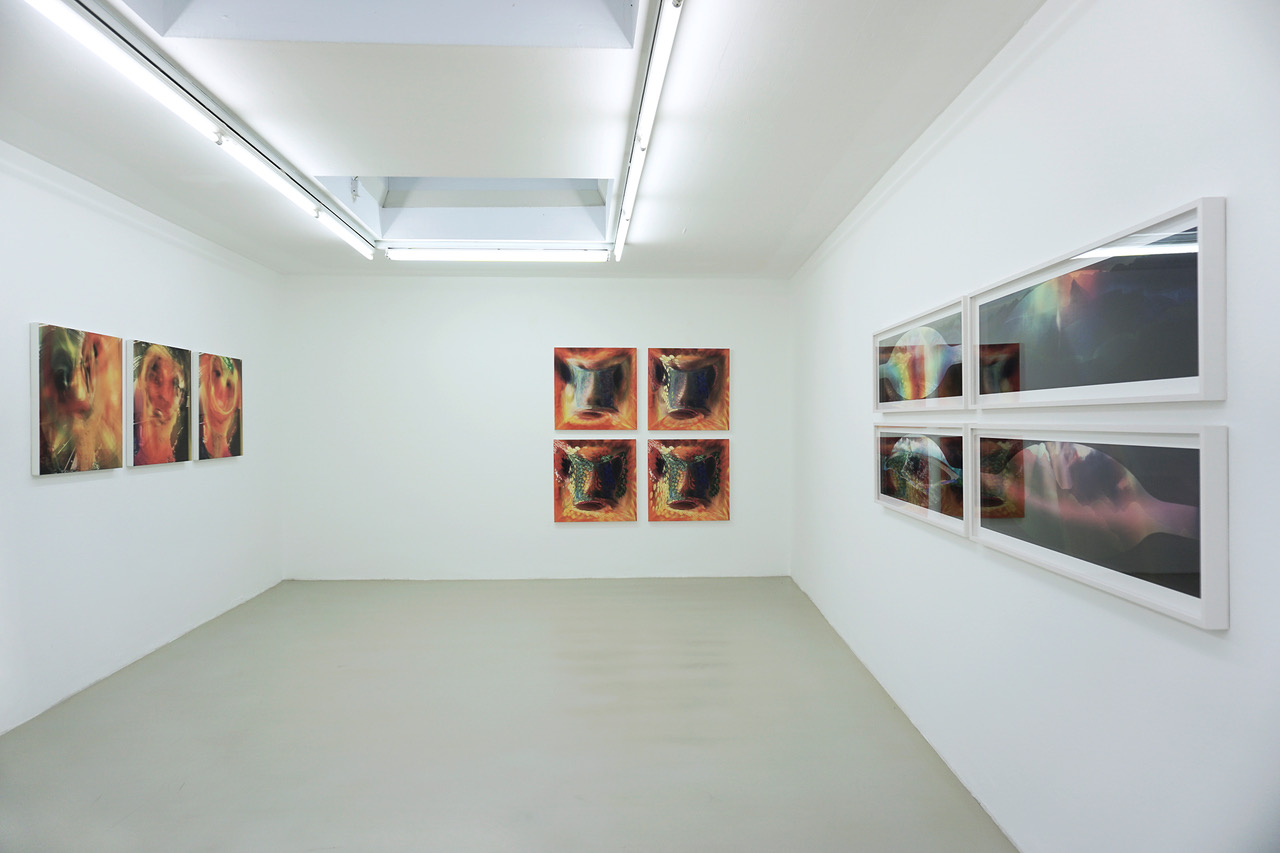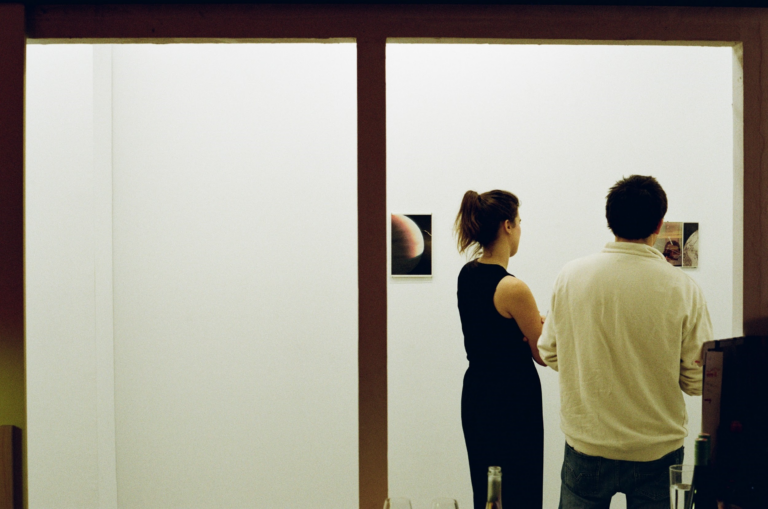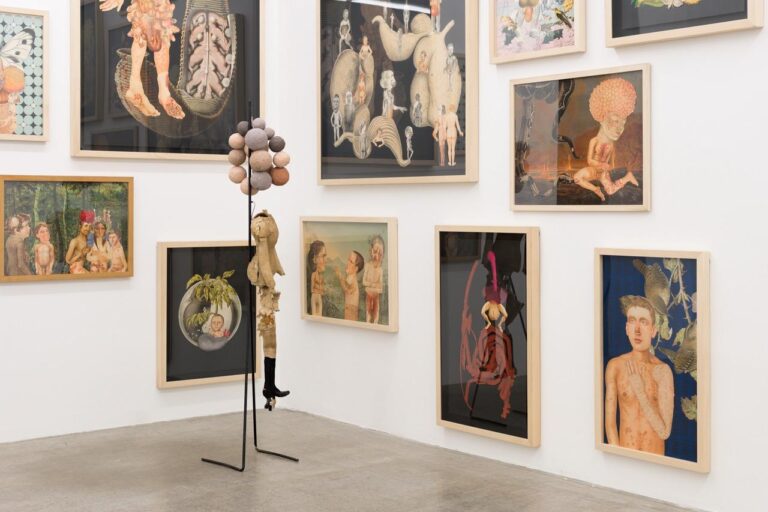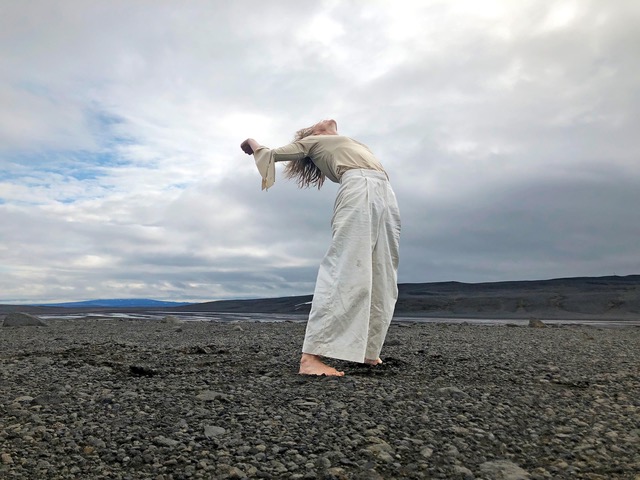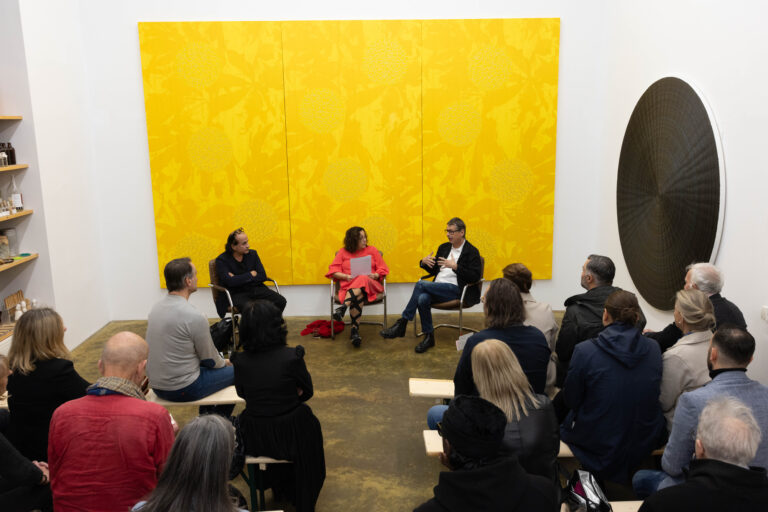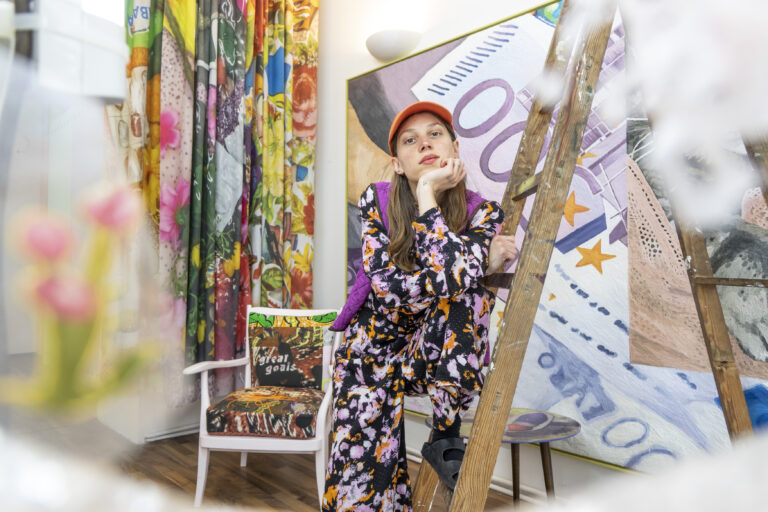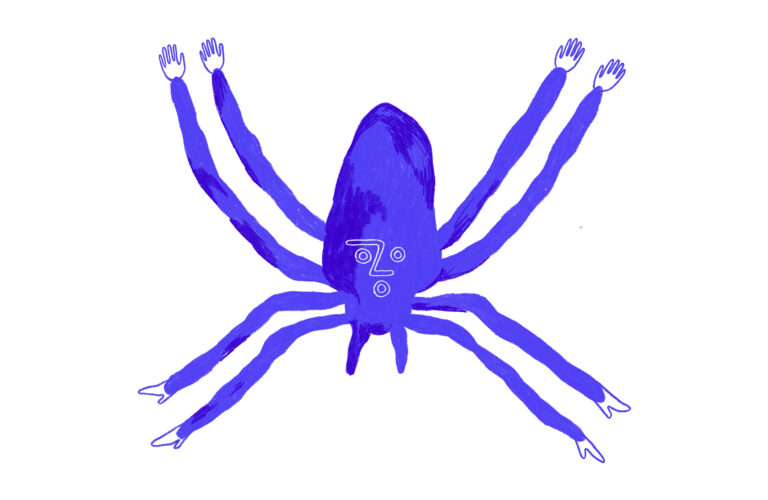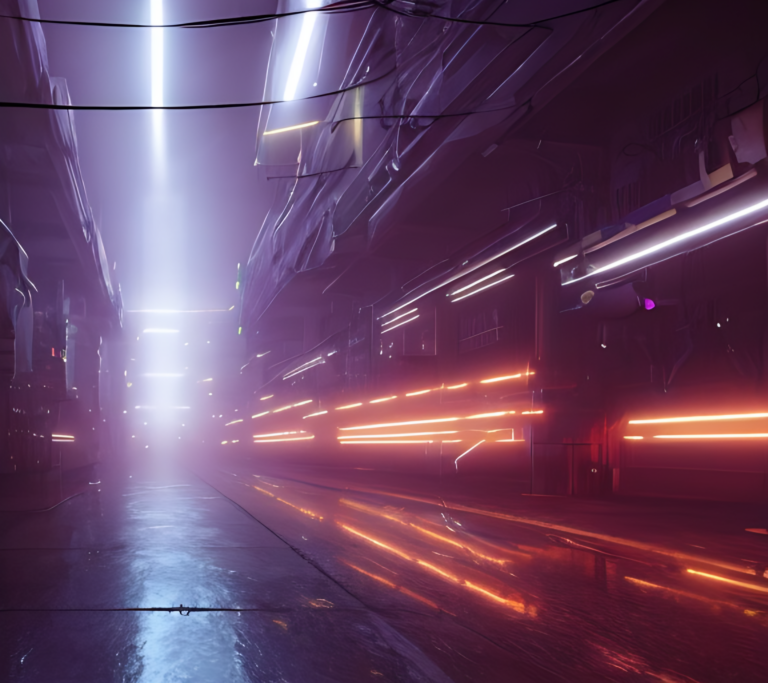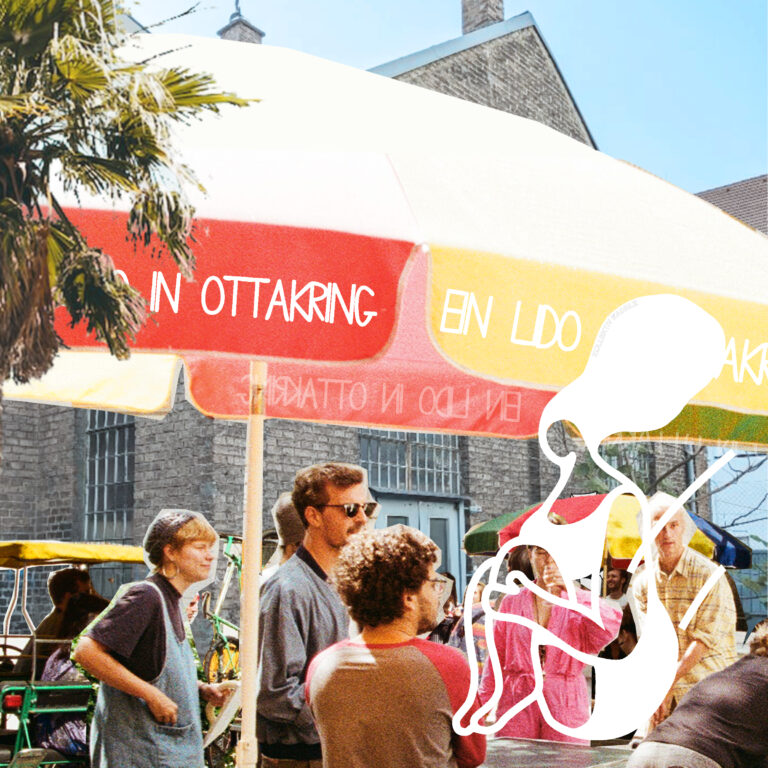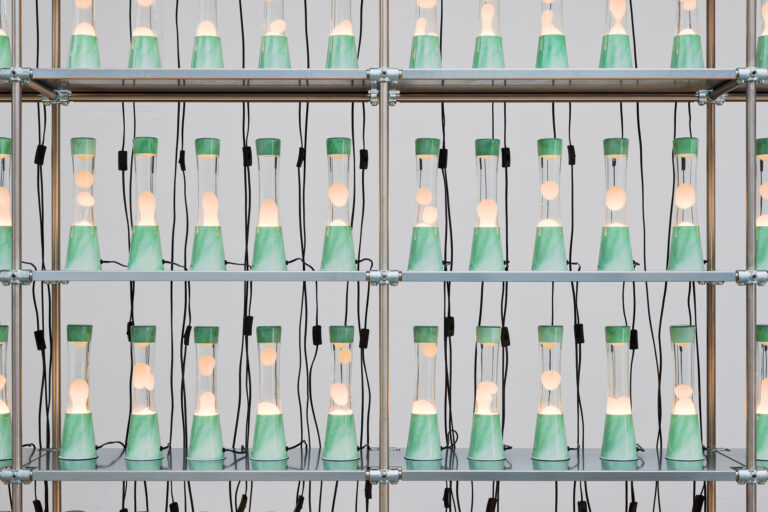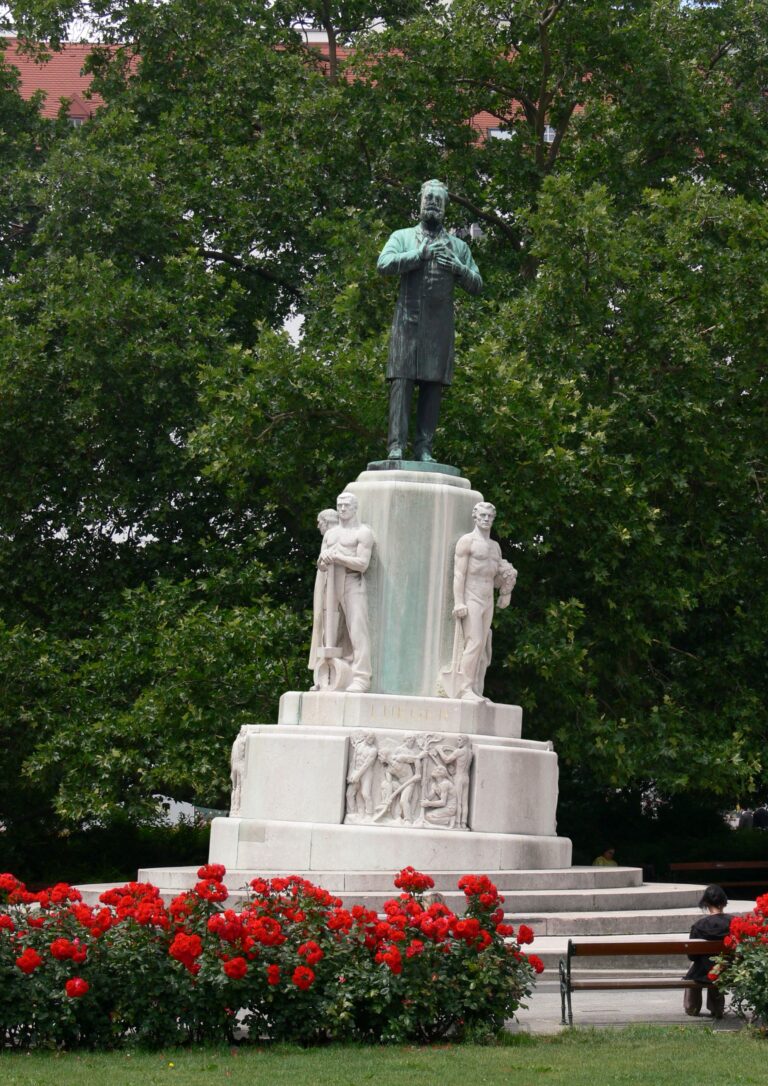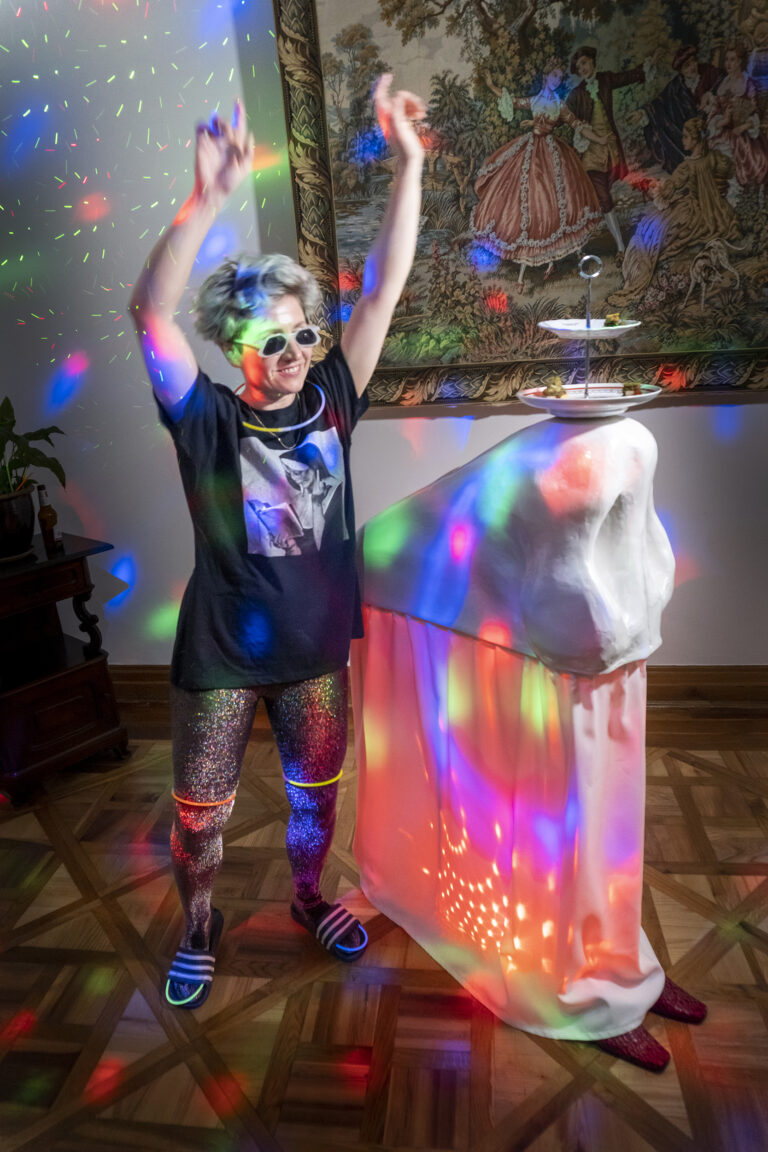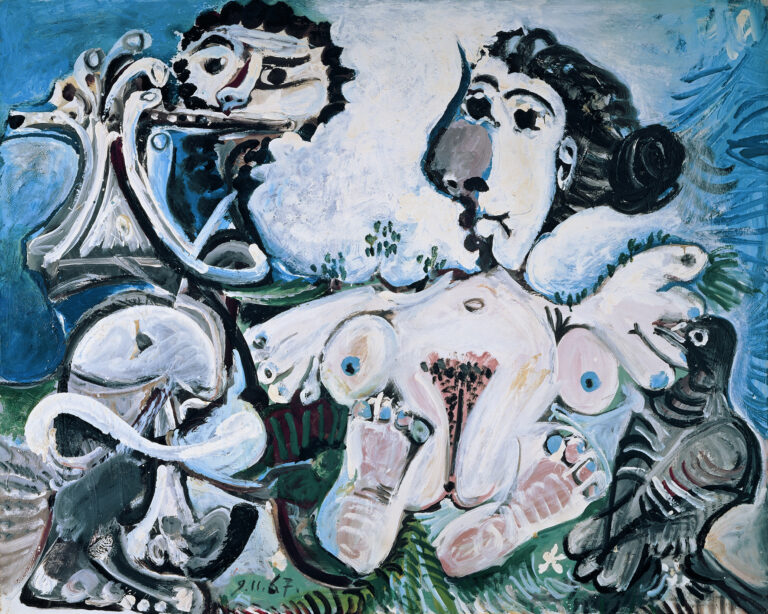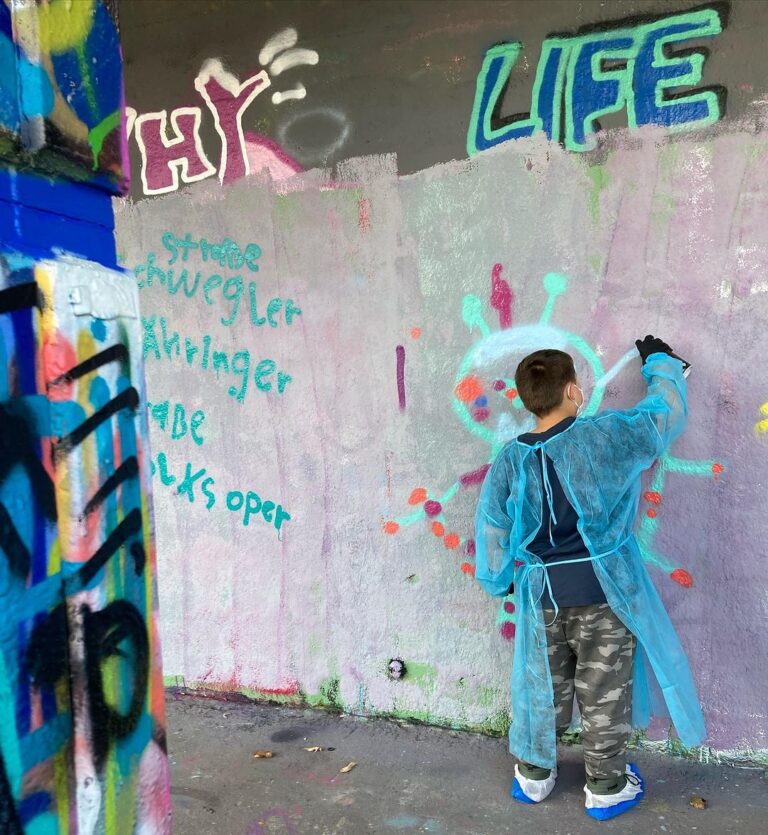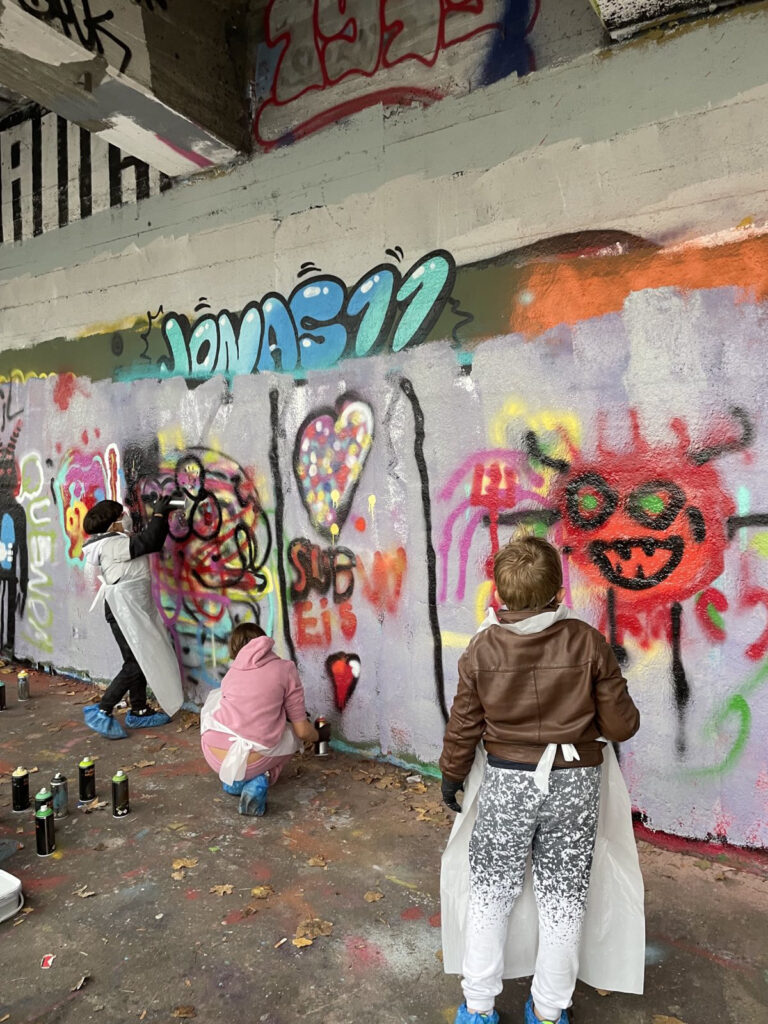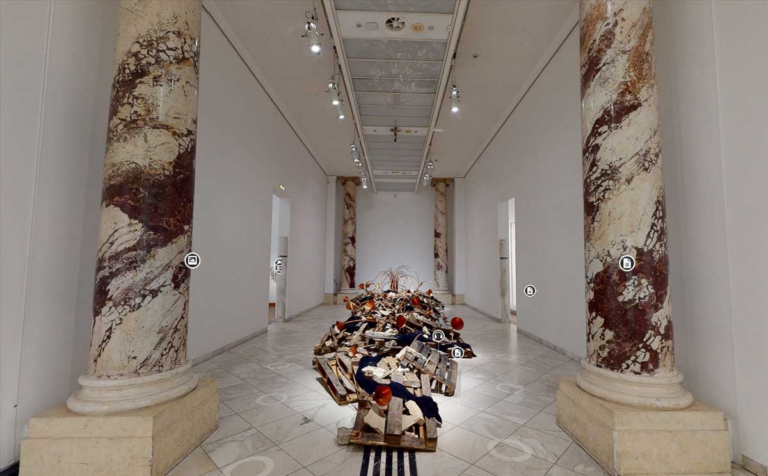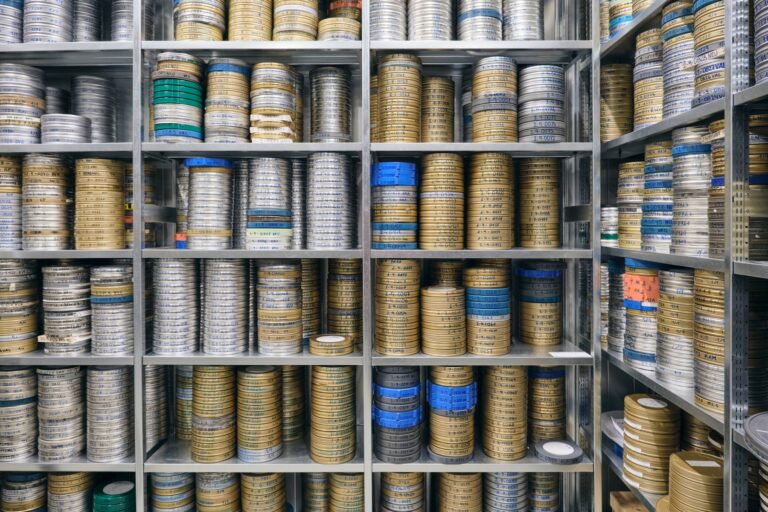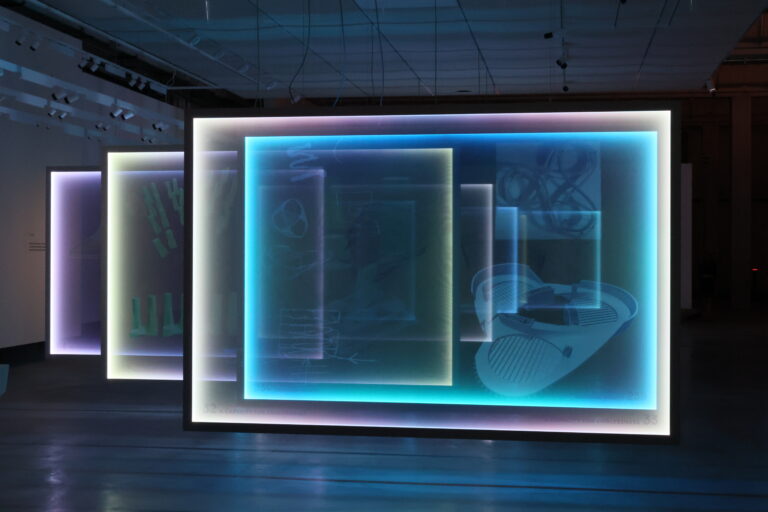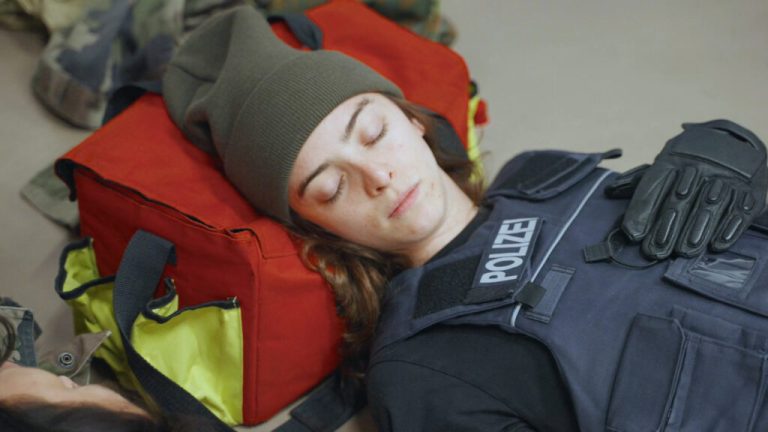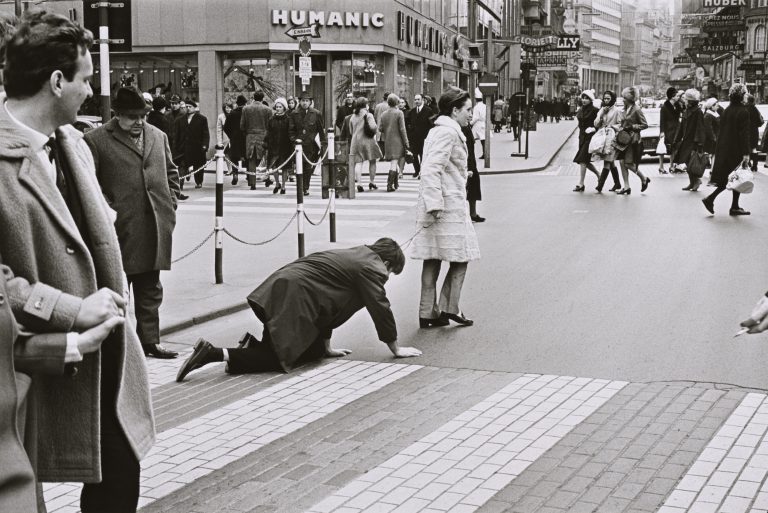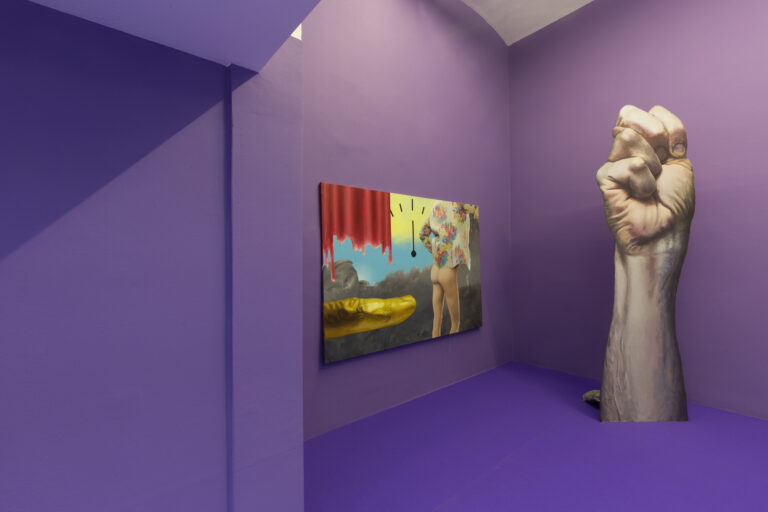VIENNA GALLERIES CHECK-IN #3
Conversations about trial and error, the fight against prevailing structures, improvable communication and the needle in the haystack - a check-in with some of Vienna's most established galleries. By Angelika Seebacher.
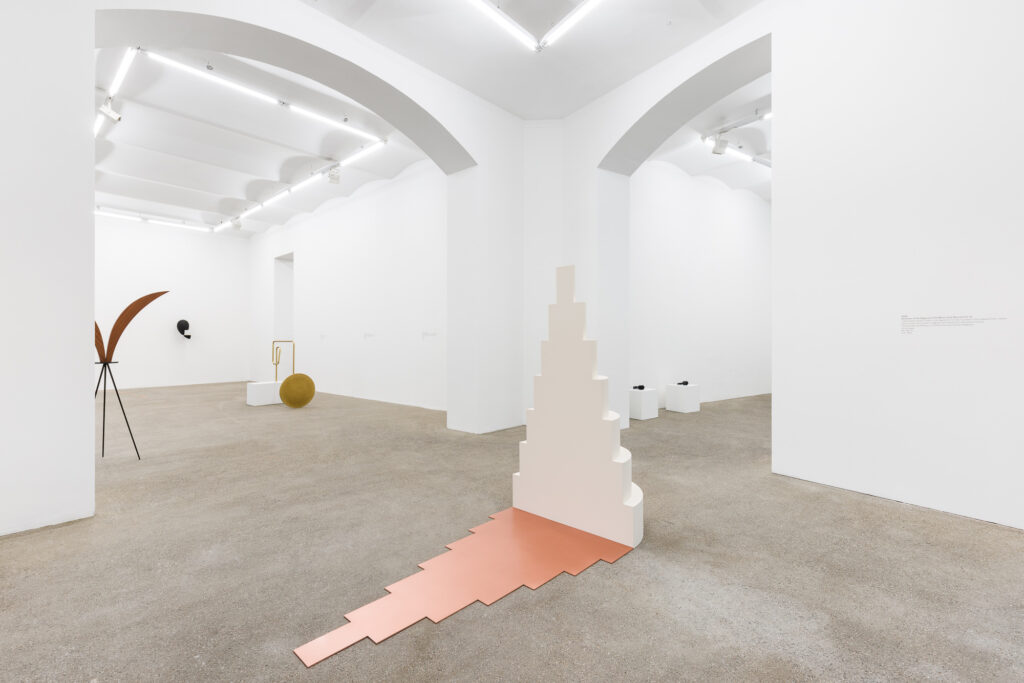
Exhibition view, IMAN ISSA. Proxies, with a Life of Their Own, Galerie Elisabeth & Klaus Thoman, Wien 21 Jan – 26 Mar 2022 Foto © Galerie Elisabeth & Klaus Thoman / kunst- dokumentation.com
Just in time before the summer break, we managed to check-in with some of Vienna’s most established gallery owners, during which it once again became clear what the main motivation is for them to run a gallery, even in times like these. The business aspect cannot be denied, but it is clearly secondary to the passion for art and the idea of promoting artists. Vienna as a location definitely meets the requirements and has great potential. The important thing is to remain flexible and welcome change – CHALLENGING ORDERS, again and again.
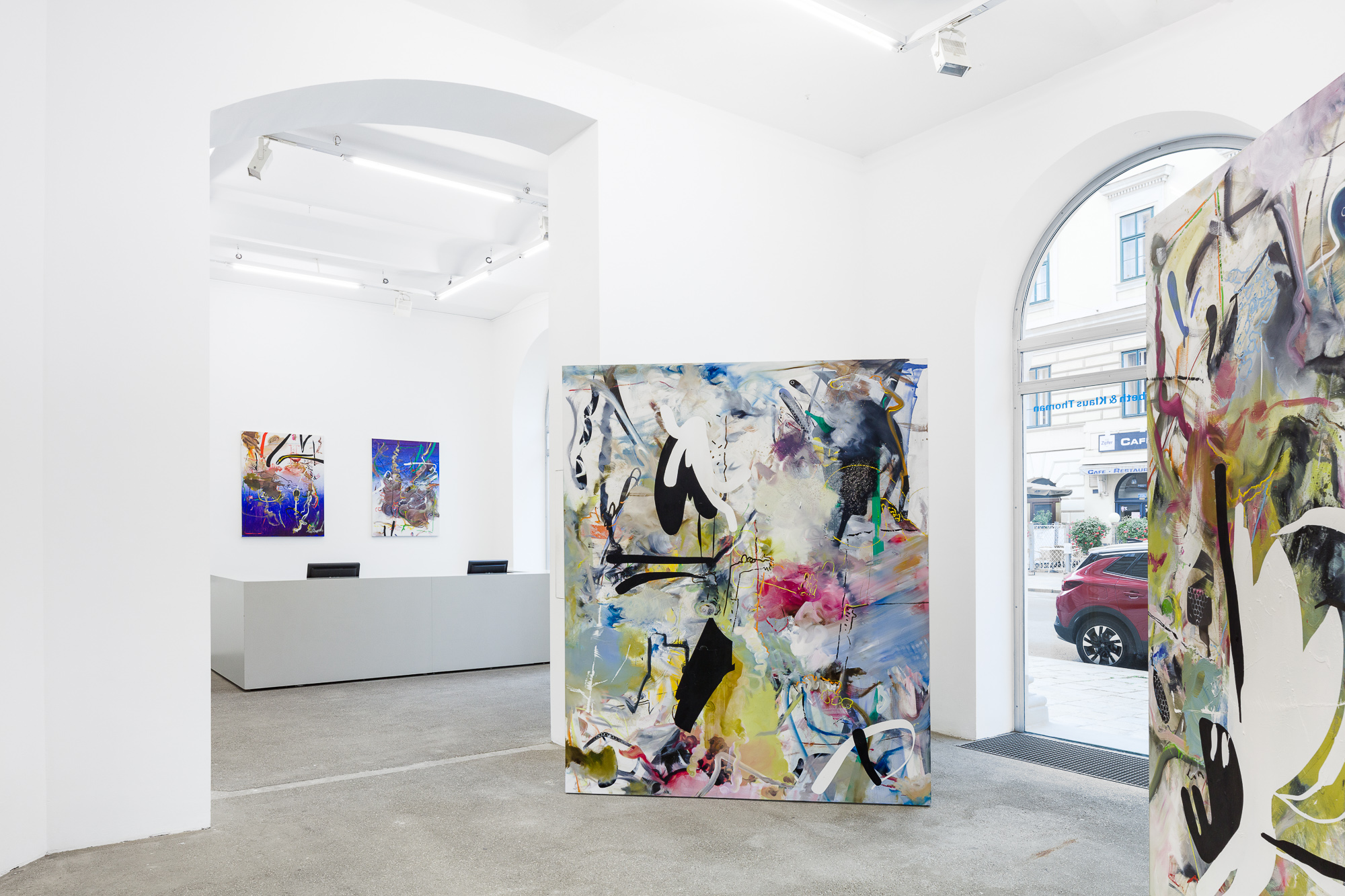
Exhibition view, FLORIN KOMPATSCHER. ROKOKO TINTS, Galerie Elisabeth & Klaus Thoman, Wien 3 Sep 2021 – 12 Jan 2022 Foto © Galerie Elisabeth & Klaus Thoman / kunst- dokumentation.com
GALERIE ELISABETH & KLAUS THOMAN
Founded in Innsbruck in 1977 by Elisabeth and Klaus Thoman, the gallery has been run by their son Maximilian Thoman in Vienna’s Seilerstätte since 2019. The youngest of three brothers, he grew up “in a family relationship with the artists” of the gallery, as he tells us. “As a repertory gallery, we continue to work intensively with the majority of artistic positions today. The portfolio is gradually being expanded to include new artists, such as Mai-Thu Perret, Iman Issa and Julia Haugeneder,” says Thoman. The direct work with the artists is the greatest motivation for him: to promote their careers and to develop them further with productions of works and projects. In doing so, he says, it is a particular concern of his to deal with the artistic positions in a sustainable manner. “The long history of the gallery also results for me in the consequence of working with a historical view. That means dealing responsibly with the historical positions, which are also reflected in the history of the gallery. Always committed to an oeuvre and not to trends,” explains the gallery owner. As examples, he cites positions such as Bruno Gironcoli, Franz West, Hermann Nitsch and Arnulf Rainer. One of the gallery’s main focuses is to represent Austrian art abroad, but also to represent internationally active artists (including Mai-Thu Perret, John Armleder, Iman Issa) in Austria.
As a location for this task, Vienna is in principle a very good one, which will also gain in importance as an art location in the coming years. Increased international visibility, however, also requires a program that is able to survive and attract attention: “It is important that the galleries in this scene do not work against each other or fight each other. Cooperation and joint communication is a much more successful concept, which could certainly be expanded in Vienna.”
What distinguishes the Viennese art scene for Thoman? “Quality in art is present in Vienna on a broad scale,” says the gallery owner. “Primarily conditioned by the presence of the two universities with their teaching staff. This also leads to a steady influx of new ideas and concepts.” However, he said, it is problematic that artists living in Vienna, who are internationally institutionally very successful, are partly unknown in Vienna and remain unnoticed by local collectors and museums. Promoting this local scene is particularly important to the gallery. For this reason, Thoman and his team have launched the tart.vienna initiative: “Since 2020, we have been operating the tart.vienna project space in our adjoining rooms. Under the leadership of Eva Oberhofer, our Viennese director, the first two running years offered young local positions the first solo exhibition opportunity in a commercial space. In the third year, the program will be expanded in that young international curators will be invited to create exhibitions.”
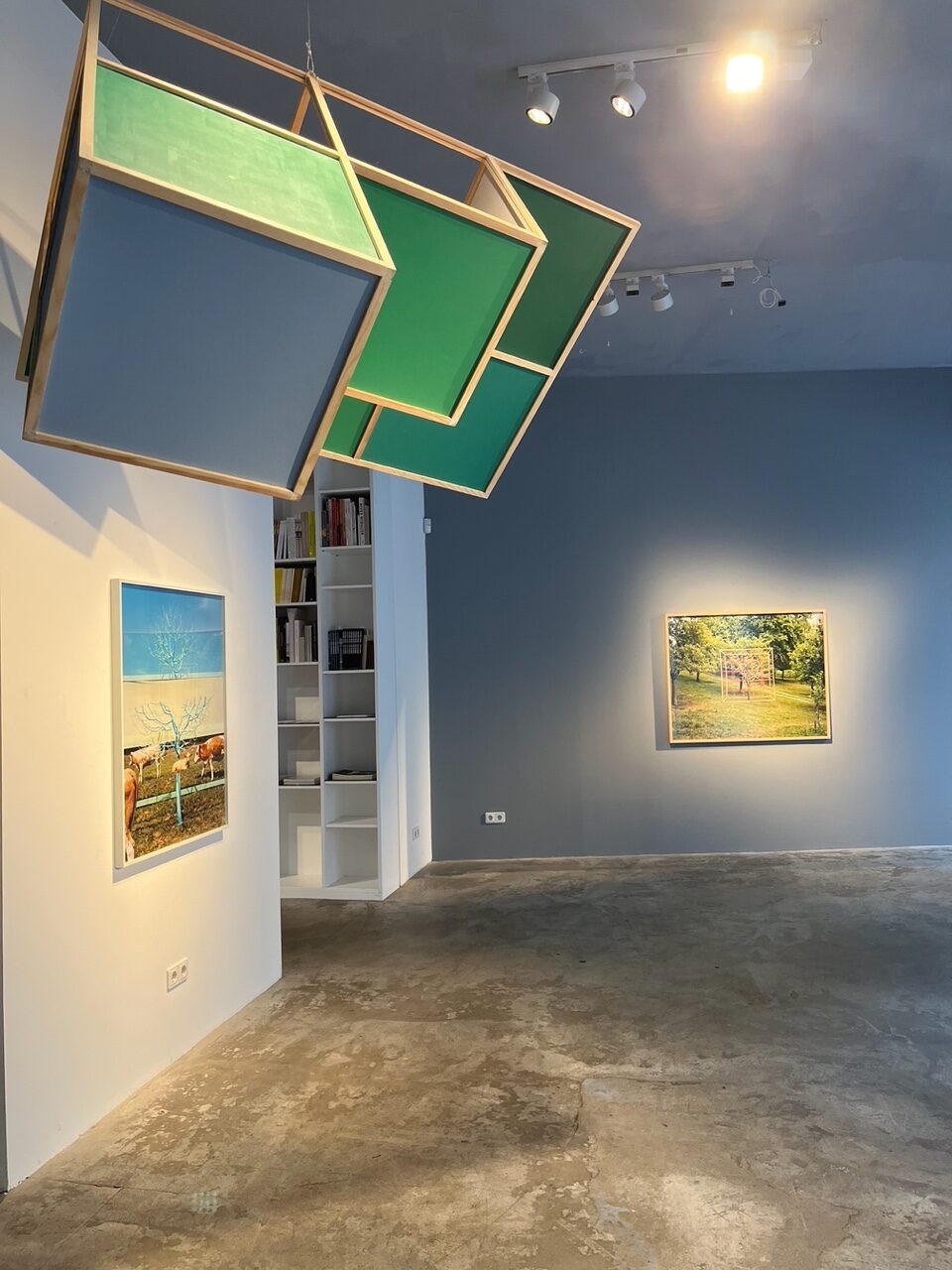
Exhibition view. Markus Guschelbauer. © Rauminhalt
GALERIE RAUMINHALT – HARALD BICHLER
Galerie rauminhalt, founded by Harald Bichler in 2003, is located in the 4th district on Schleifmühlgasse. The gallery focuses on works that question the conventional distinction between design, art and architecture. Probably a unique concept in Austria – and incidentally also entirely in keeping with this year’s Vienna Art Week motto CHALLENGING ORDERS: “Where disciplines intersect, opportunities arise,” says gallery owner Harald Bichler. “Culture is what defines us as human beings. Without culture, we would not exist as we are today. That’s what we’re trying to convey as a dialogue between different disciplines. Evolution as a super construct is to be understood not only in a biological sense, but also in a cultural sense, equally consisting of constant change, trial and error. This change is the driving force.” In regular solo and group exhibitions, current artistic positions are presented in this field of tension and the possibilities of the dissolution of different cultural areas are put up for discussion from different perspectives.
The gallery also specializes in high-quality international design objects of the 20th century and offers expertise in collector design, contemporary sculptures, prototypes and selected vintage furniture. It supports artists whose work brings a refreshing change of perspective to the way we look at objects. Under the label “edition_rauminhalt” the gallery offers design positions of contemporary designers and artists, whose utility objects are characterized by a special sculptural quality and redefine the boundaries between design and art. The designs come from Bert Löschner, Gilbert Bretterbauer, Bernhard Hausegger, Sébastien de Ganay and Patrick Rampelotto, among others. In collaboration with Austrian designers, products are also produced exclusively for the gallery in limited editions.
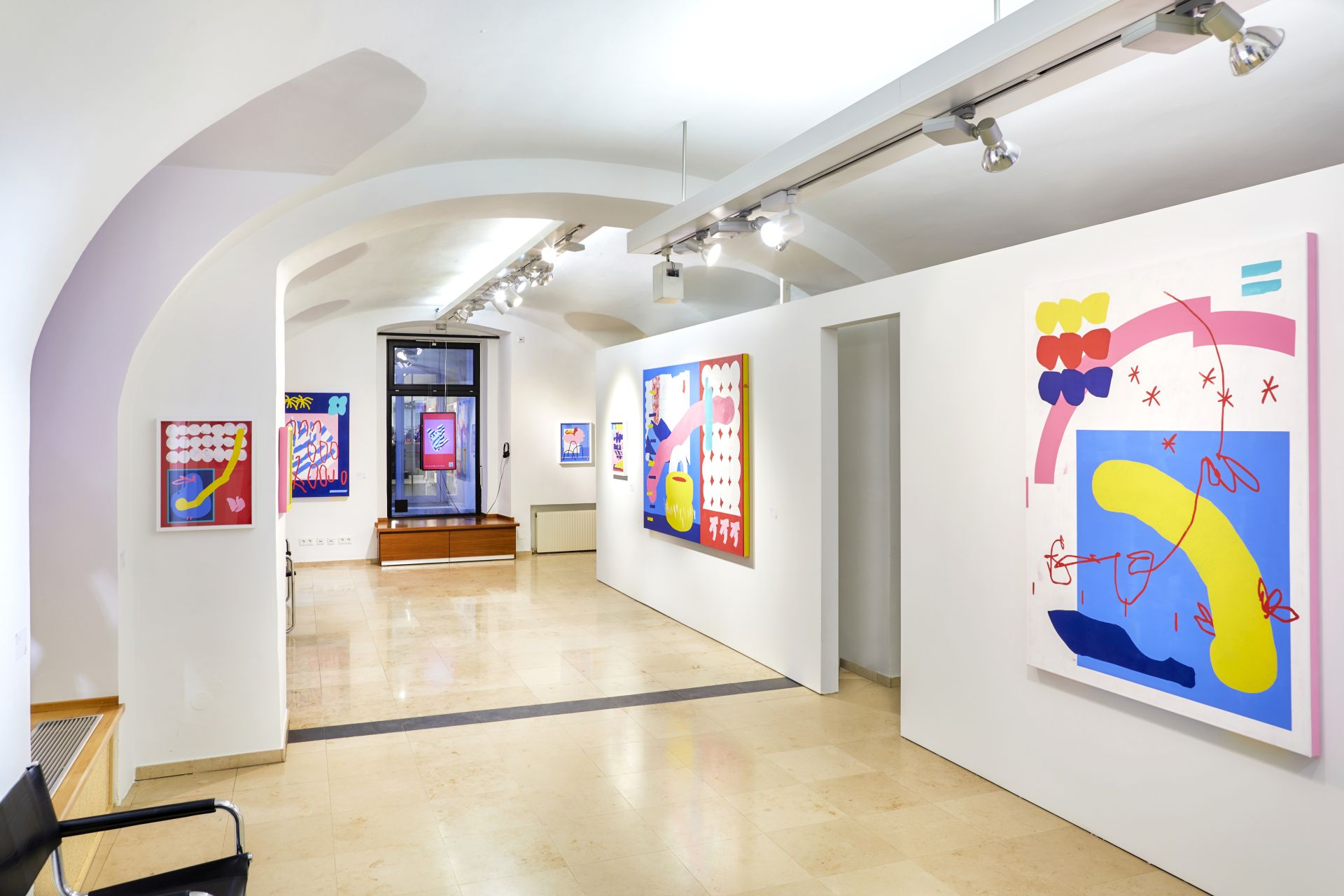
Exhibition view. Boicut/Sophie Esslinger. 2022 © Galerie Hilger. Foto credit: Katharina Stögmüller
GALERIE ERNST HILGER
Founded in 1971, Galerie Ernst Hilger in Dorotheergasse in the 1st district represents artists such as Erró and Mel Ramos as well as positions of Austrian modernism from the 1960s and the most important international art movements of the 20th century – from Pablo Picasso and Jean Dubuffet to Pop Art artists such as Andy Warhol and Keith Haring to Narrative Figuration (Jacques Monory). Ernst Hilger was the long-time chairman of FEAGA and a member of numerous art fair committees, including Art Basel. He was the longest-serving president of the Austrian Association of Galleries and was instrumental in establishing the current understanding of the role of galleries as partners of museums, collectors and representatives of the state.
The driving force and motivation for Hilger has always been his interest and curiosity in art, emphasizes the gallery management. Also the numerous co-operations, which Hilger entered in the course of the years in Austria with various enterprises such as Paylife, Siemens, Austrian Airlines, Unicredit or 98.3 Superfly.fm, pursued not exclusively economic interests, but rather the goal of creating new collections and exhibition places for art, which enriched the entire art scene, according to the gallery.
The scope of Galerie Hilger was expanded by the opening of the HilgerBROTKunsthalle in 2009 in the Ankerbrotfabrik in the 10th district, whose 800m2 exhibition space facilitated curatorial projects with local artists and curators as well as collaborations with international exhibition halls and museums, such as the Museum of Modern Art El Salvador, the Margulies Collection, the Mestna Gallery Ljubljana, the Museum of Modern Art Bucharest, the City Gallery Sofia or the MMoMA in Moscow. In 2013, the premises in the 10th district were expanded with HilgerNEXT, followed in 2022 by the opening of another branch of Hilger Gallery in Ballgasse in the 1st district. The focus here is primarily young, not yet established art. The gallery in Ballgasse is managed by Michaela Pedratscher. We asked her with regard to this year’s motto CHALLENGING ORDERS, who she thinks are the decision-makers, tastemakers and view-makers in the art world, and in what ways galleries can support artists in working towards a diversification of their norms and values? “The struggle against dominant structures has always taken place,” says Pedratscher. “The means, techniques and ways differ. Consistency and humor must not be missing in the process.”
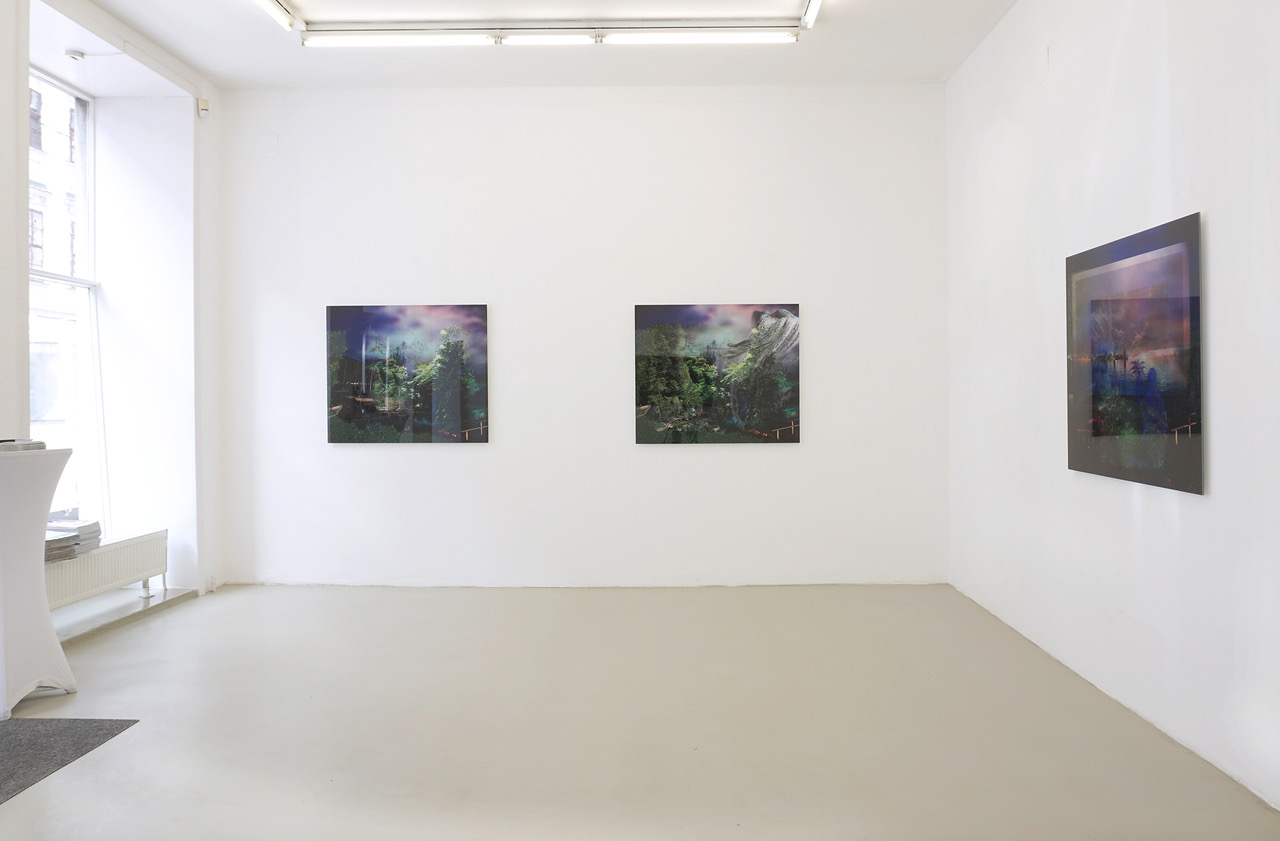
Johannes Deutsch, face space and mental landscape, 2021 (c) Lukas Feichtner Galerie
LUKAS FEICHTNER GALERIE
Founded in 1995 as feichtner & mizrahi, the gallery then had two main focuses: Contemporary art and antique textiles. Since 2000 it has been operating under the name Lukas Feichtner Galerie, showing international and Austrian art with a focus on paintings, photographic works, collages and installations by a young and innovative generation of artists in juxtaposition with established artists. “Taking into account the pluralism in art, the program expanded significantly years ago,” says Lukas Feichtner. “When it comes to artistic selection, we try to find the needle in the haystack, which means an artistic position that stands out from all the others (even if often only minimally).” The gallery’s program is presented in an average of up to seven solo exhibitions per year, a selection of which are accompanied by catalog editions.
For Feichtner, one of the challenges of running a gallery in Vienna today is the difficulty of getting collectors, curators and museum people interested in young positions: “There is too much of a search for “security,” says the gallery owner. In order to build up the established artists of “the future,” positive feedback is needed early on.
Feichtner appreciates the great density of art spaces, galleries and open studios in Vienna’s art scene: “The diversity of being able to discover new things is wonderful.” More and broader funding for projects abroad, from participation in fairs to museum exhibitions, would be desirable. Often, he says, there is a lack of financial resources to carry out international projects.
The gallery owner sees his motivation in discovering and promoting artists and helping them to achieve a breakthrough. He describes this collaboration as a synergy: “As one of my artists Johannes Deutsch likes to say: ‘We (artists) look inward and search for new ways in art, and you and your gallery owners look outward and find new approaches to art,’ which nevertheless spans the interlocking and levers of art and gallery quite well.”
